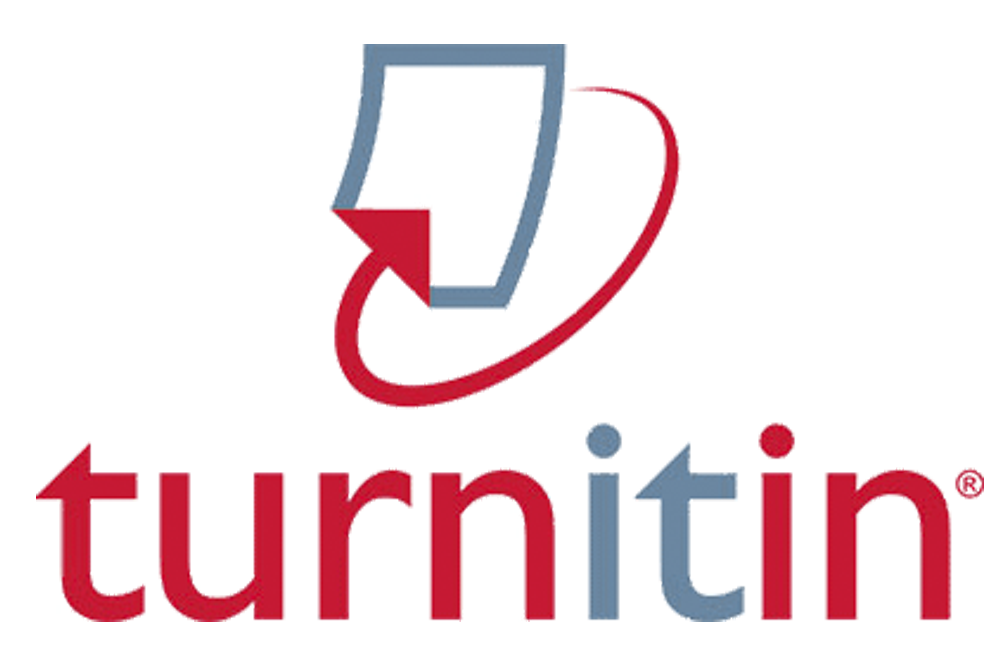Ground Vibration Analysis to Reduce Blasting Damage in Open Mines
Analisis Getaran Tanah untuk Mengurangi Kerusakan Akibat Peledakan pada Tambang Terbuka
DOI:
https://doi.org/10.20956/geocelebes.v6i2.19831Keywords:
Ground Vibration, PPV, Scaled Distance, BlastingAbstract
Blasting is one of the mining activities that aims to scatter or release the rock from its parent. In general, explosions are some hazards, one of which is ground vibration. Vibration measurements must be made each time a blast is carried out. This paper aims to determine the factors that affect ground vibrations and find out how to reduce ground vibrations caused by explosions. This research was conducted at a coal mine at PT. Bukit Asam at the Tanjung Enim TSBC Pit, South Sumatra. Data were obtained by taking field and secondary data. Determination of PPV and powder factor values according to SNI 7571:2010. The recommendation for a perforated explosive charge to reduce the PPV distance value to below 3 mm/s is a distance of 900, a maximum load of 34 kg produces a PPV of 2.98 mm/s, a distance of 950, a maximum load of 36 kg produces a PPV of 2.83 mm/s, a maximum of 1000 a load of 40 kg produces a PPV of 2.84 mm/s, a distance of 1050 and a maximum load of 44 kg produces a PPV of 2.83 mm/s. The relationship between the value of the scaled distance and the actual PPV in the field with power regression, the value of K = 28942506 and m = -3.187. Then to get the PPV value <3 mm/s with a measurement distance of 1000 meters from the employee housing location, stuffing is needed. Blast hole 39 – 42 kg with a powder factor value of 0.116 – 0.124 kg/BCM. Through this actual explosive charge, it can still diffuse well.
References
Instantel. 2009. 8-Channel Blastmate IIITM and Minimate PlusTM Multi-sensor Vibration and Overpressure Monitors. https://cdn.thomasnet.com/ccp/10019814/103446.pdf
Carlos, L.J., Emilio, L.J., Francisco, J.A.C., and Yvonne Visser de, R. 1987. Drilling and Blasting of Rocks (1st ed.). London: Routledge. https://doi.org/10.1201/9781315141435
Keputusan Menteri ESDM Nomor 1827K/30/MEM/2018. 2018. Peraturan Menteri Energi dan Sumber Daya Mineral Republik Indonesia tentang Pedoman Pelaksanaan Kaidah Teknik Pertambangan yang Baik. https://bdtbt.esdm.go.id/wp-content/uploads/2019/12/Keputusan-Menteri-ESDM-Nomor-1827-K-30-MEM-2018.pdf
Maryura, R., Toha, M. and Sudarmono, D. 2014. Kajian Pengurangan Tingkat Getaran Tanah (Ground Vibration Level) pada Operasi Peledakan Interburden B2-C Tambang Batubara Air Laya PT. Bukit Asam (Persero), Tbk Tanjung Enim. Jurnal Ilmu Teknik Sriwijaya. 2(1), pp. 103329.
Rudini. 2013. Analisis Ground Vibration pada Peledakan Overburden di Panel 4 Pit J PT. Kaltim Prima Coal, Sangatta, Kalimantan Timur. Thesis, UPN ''Veteran'' Yogyakarta. http://eprints.upnyk.ac.id/2555/1/Abstrak%20Rudini%20%28112080040%29.pdf
SNI 7571:2010. 2010. Baku Tingkat Getaran Peledakan pada Kegiatan Tambang Terbuka terhadap Bangunan. Jakarta: Badan Standardisasi Nasional. http://repository.trisakti.ac.id/webopac_usaktiana/digital/00000000000000075787/2016_TA_TB_07308039_LAMPIRAN.pdf
Tjan K.S., Hartami. P.N. and Purwiyono, T.T. 2021. Analisis Pengaruh Kelembapan Lubang Ledak Terhadap Fumes Hasil. Indonesian Mining and Energy Journal. 3(1), pp. 28 – 35. https://e-journal.trisakti.ac.id/index.php/imej/article/view/9184
Yin, Z., Hu, Z., Wei, Z., Zhao, G., Hai-feng, M., Zhang, Z. and Feng, R. 2018. Assessment of Blasting-Induced Ground Vibration in an Open-Pit Mine under Different Rock Properties. Advances in Civil Engineering, 2018(4603687) 10 pages. https://doi.org/10.1155/2018/4603687
Downloads
Published
How to Cite
Issue
Section
License
Authors who publish with this journal agree to the following terms:
- Authors retain copyright and grant the journal right of first publication with the work simultaneously licensed under a Creative Commons Attribution License that allows others to share the work with an acknowledgement of the work's authorship and initial publication in this journal.
- Authors are able to enter into separate, additional contractual arrangements for the non-exclusive distribution of the journal's published version of the work (e.g., post it to an institutional repository or publish it in a book), with an acknowledgement of its initial publication in this journal.
- Authors are permitted and encouraged to post their work online (e.g., in institutional repositories or on their website) prior to and during the submission process, as it can lead to productive exchanges, as well as earlier and greater citation of published work (See The Effect of Open Access).





